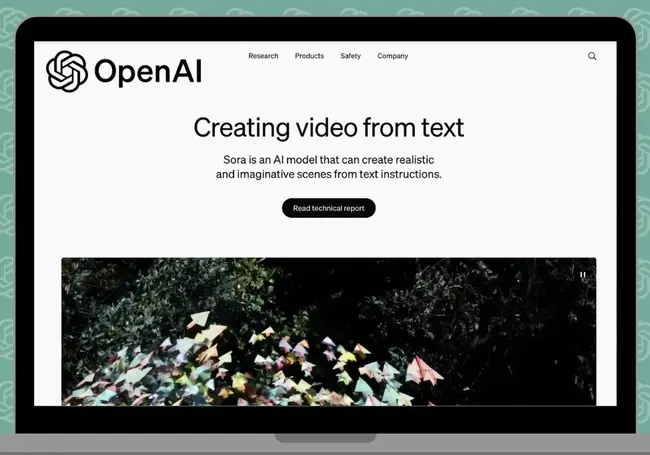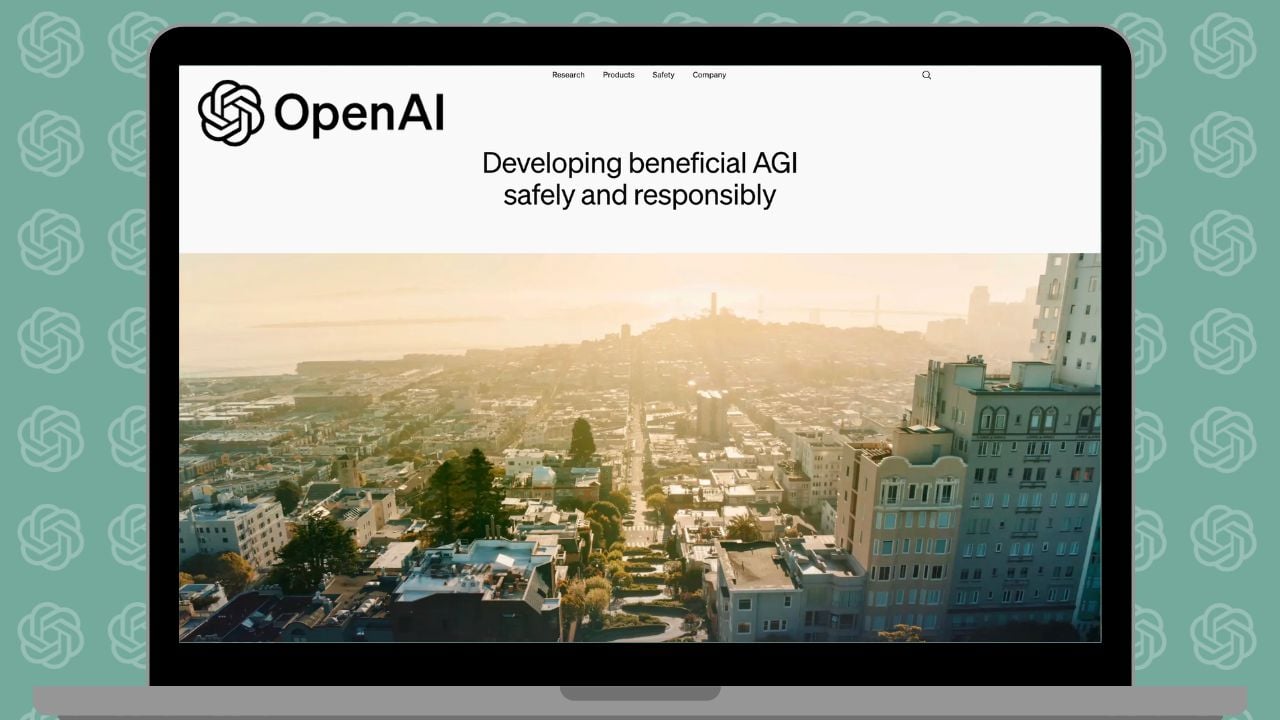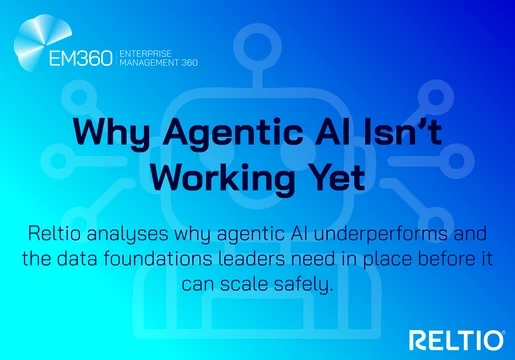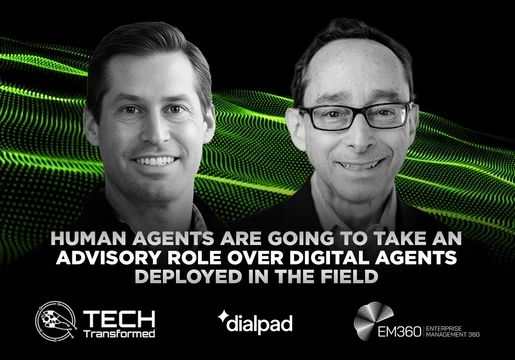Stuck translating ideas into captivating videos for your marketing campaigns, online content, or even just for fun? Look no further than Sora AI, the cutting-edge text-to-video generator from OpenAI.
Sora AI allows users to bridge the gap between their imagination and effective visuals with just a text description. This AI-powered tool streamlines your workflow by instantly generating video clips based on your input, saving you time and resources.
In this article, we'll be delving into Open AI's new text-to-video editor Sora AI, exploring what it is, how to use it, and whether it's safe to use.

What is Sora AI?
Sora AI is a text-to-video generator from OpenAI. Unlike traditional video editing software that requires technical know-how, Sora uses artificial intelligence to understand your written descriptions and translate them into visuals.
Sora AI utilizes diffusion models to generate videos from text descriptions. The model is trained on massive datasets of videos and their corresponding descriptions, it then employs machine learning to gradually transform the noise into meaningful visuals.
It does this one step at a time, progressively removing the noise and introducing elements that align with your text prompt.
From there, it analyzes your text input by recognizing objects, actions, and relationships between them. Based on this understanding, it refines the video, introducing details like shapes, colors, and movement. After numerous refinements, Sora arrives at a final video based on the text prompt imputed.
This process behind Sora AI represents a significant leap forward in how we create videos. It has the potential to streamline content creation for businesses, educators, and anyone who wants to bring their ideas to life in a dynamic format.
OpenAI is a leader in AI research, and its expertise with large language models like ChatGPT is clear in Sora's ability to interpret complex descriptions and generate videos that adhere to the user's vision.
How to use Sora AI?
Sora AI is finally available for public use. OpenAI. as expected have created an incredibly user friendly interface that is easy to use.
1. Click the 'composer' box that reads 'describe my video' at the bottom of the screen.
2. Input your text prompt, such as, 'a wide shot of puppies playing next to a Christmas tree'.
3. Click the + button to input an existing image or video file. Be sure that you do not upload copyrighted
Before the release OpenAI stated it was "granting access to a number of visual artists, designers, and filmmakers to gain feedback on how to advance the model to be most helpful for creative professionals. Upon its initial announcement in February 2024 OpenAI was aware that they did not have a finished product, stating that Sora ‘has room for improvement.’ This means that it “may struggle to simulate the physics of a complex scene, and may not comprehend specific instances of cause and effect”.There were originally instances of the model confusing spatial details ‘such as discerning left from right, or struggle with precise descriptions of events that unfold over time, like specific camera trajectories.’
Based on the OpenAI website and other similar models like Google Veo, we can expect that Sora AI will feature a user interface where you'll provide written descriptions of the video you want to create.
These prompts will be the key instructions for Sora's AI to generate the visuals. There may then be options to further refine the video such as changing the style or removing specific elements.
Is Sora AI Safe?
OpenAI, the team behind Sora AI, have emphasized that safety is at the heart of their development process. Before public release, they are working with ‘Red Teamers’, who are cybersecurity professionals acting as ethical hackers to identify security risks in Sora before criminals exploit them to assess critical areas for harm or risks.
Still, like other AI Video models the team are also developing tools to “detect misleading content such as a detection classifier that can tell when a video was generated by Sora.” This includes Sora outputs being tagged with C2PA metadata which will help identify it as an AI creation.

The OpenAI team also state that they will be “engaging policymakers, educators and artists around the world to understand their concerns and to identify positive use cases for this new technology.”
However, they are also aware that they cannot predict the ways some people may choose to abuse the technology.







Comments ( 0 )